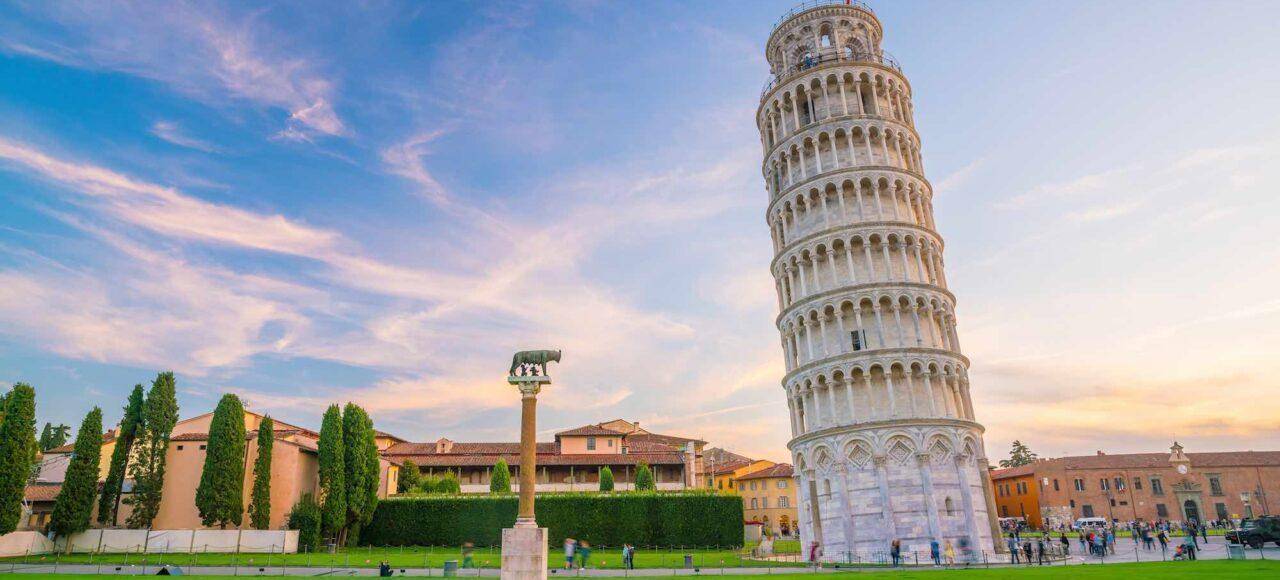
Driver will be holding a signboard with your name on it at one of the following location: Airports, Railway station, Ports and hotels and Accommodation
7:00 – 8:00 – 9:00 – 10 am
back at the meeting point or different spot where indicated
Your driver will be waiting for you holding a sign with your name on it. The spot where he will be waiting obviously changes according to the means of your arrival: at the end of the train platform if you arrive by train; at the pier by the booth if you come by ship; at the arrival section if you come by plane; right in front your Hotel/Accomodation if you are already staying in the city
For private tours are per vehicle , for shared tours are per person.
Our vehicles are all smoke free.
We do not include gratuities in our service rates. Normally, a 10% tip is customary.
| Cookie | Duration | Description |
|---|---|---|
| cookielawinfo-checkbox-analytics | 11 months | Questo cookie è impostato da GDPR Cookie. Il cookie viene utilizzato per memorizzare il consenso dell'utente per i cookie nella categoria "Analisi". |
| cookielawinfo-checkbox-functional | 11 months | Il cookie è impostato dal GDPR cookie consenso per registrare il consenso dell'utente per i cookie nella categoria "Funzionali". |
| cookielawinfo-checkbox-necessary | 11 months | Questo cookie è impostato da GDPR Cookie. I cookie vengono utilizzati per memorizzare il consenso dell'utente per i cookie nella categoria "Necessari". |
| cookielawinfo-checkbox-others | 11 months | Questo cookie è impostato da GDPR Cookie. Il cookie viene utilizzato per memorizzare il consenso dell'utente per i cookie nella categoria "Altro. |
| cookielawinfo-checkbox-performance | 11 months | Questo cookie è impostato da GDPR Cookie. Il cookie viene utilizzato per memorizzare il consenso dell'utente per i cookie nella categoria "Prestazioni". |
| viewed_cookie_policy | 11 months | Il cookie è impostato dal plugin GDPR Cookie Consent e viene utilizzato per memorizzare se l'utente ha acconsentito o meno all'uso dei cookie. Non memorizza alcun dato personale. |